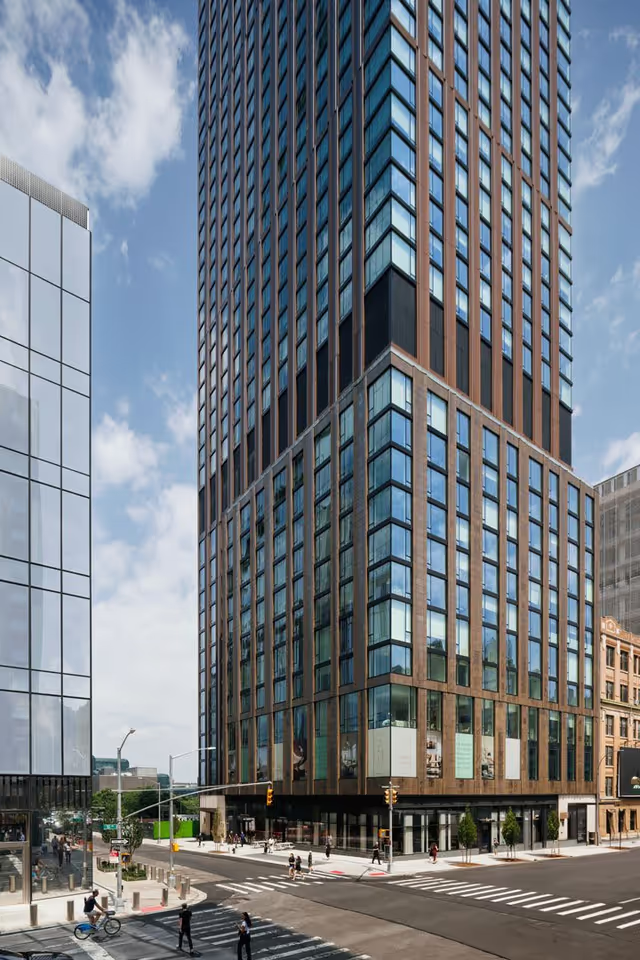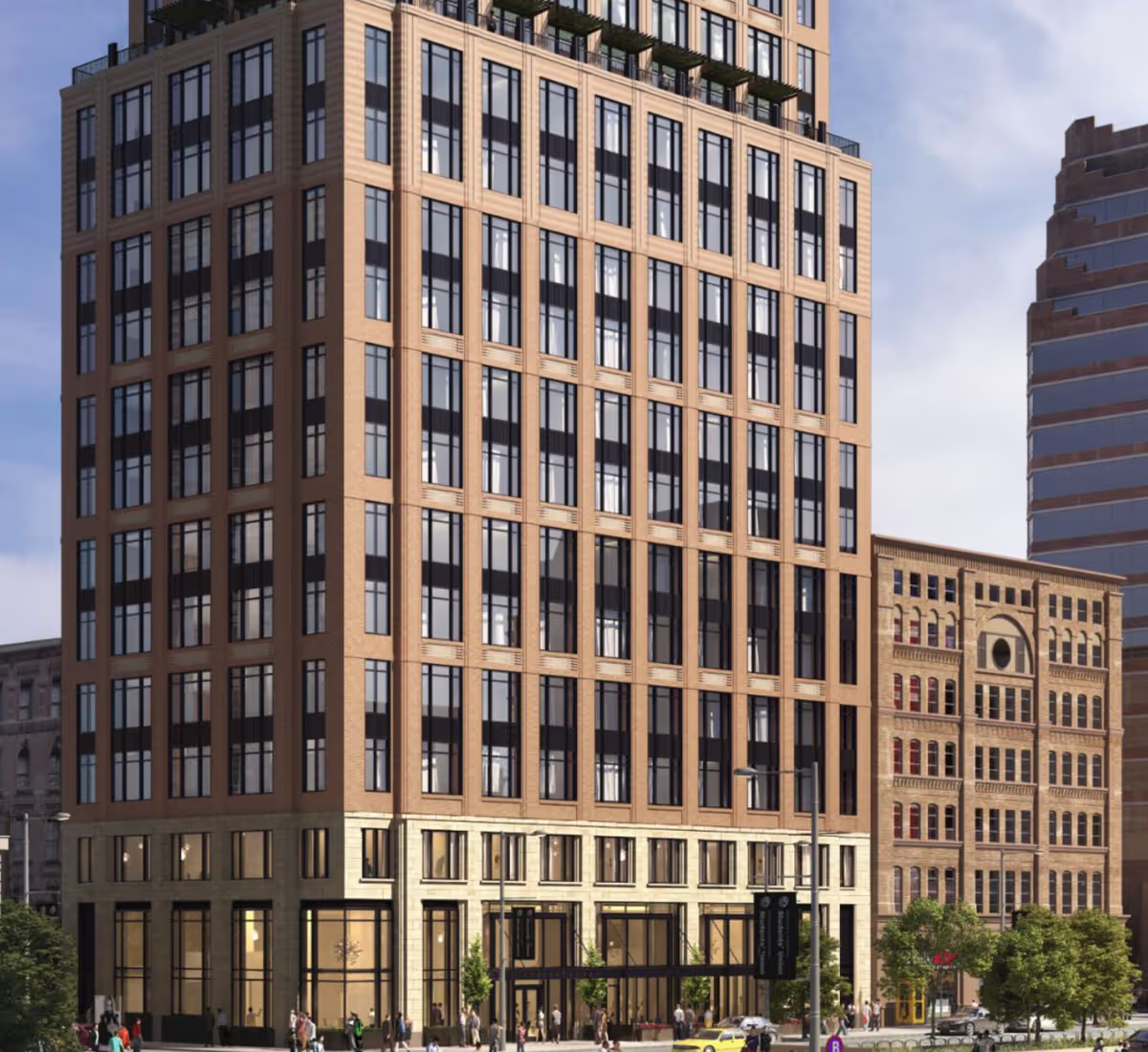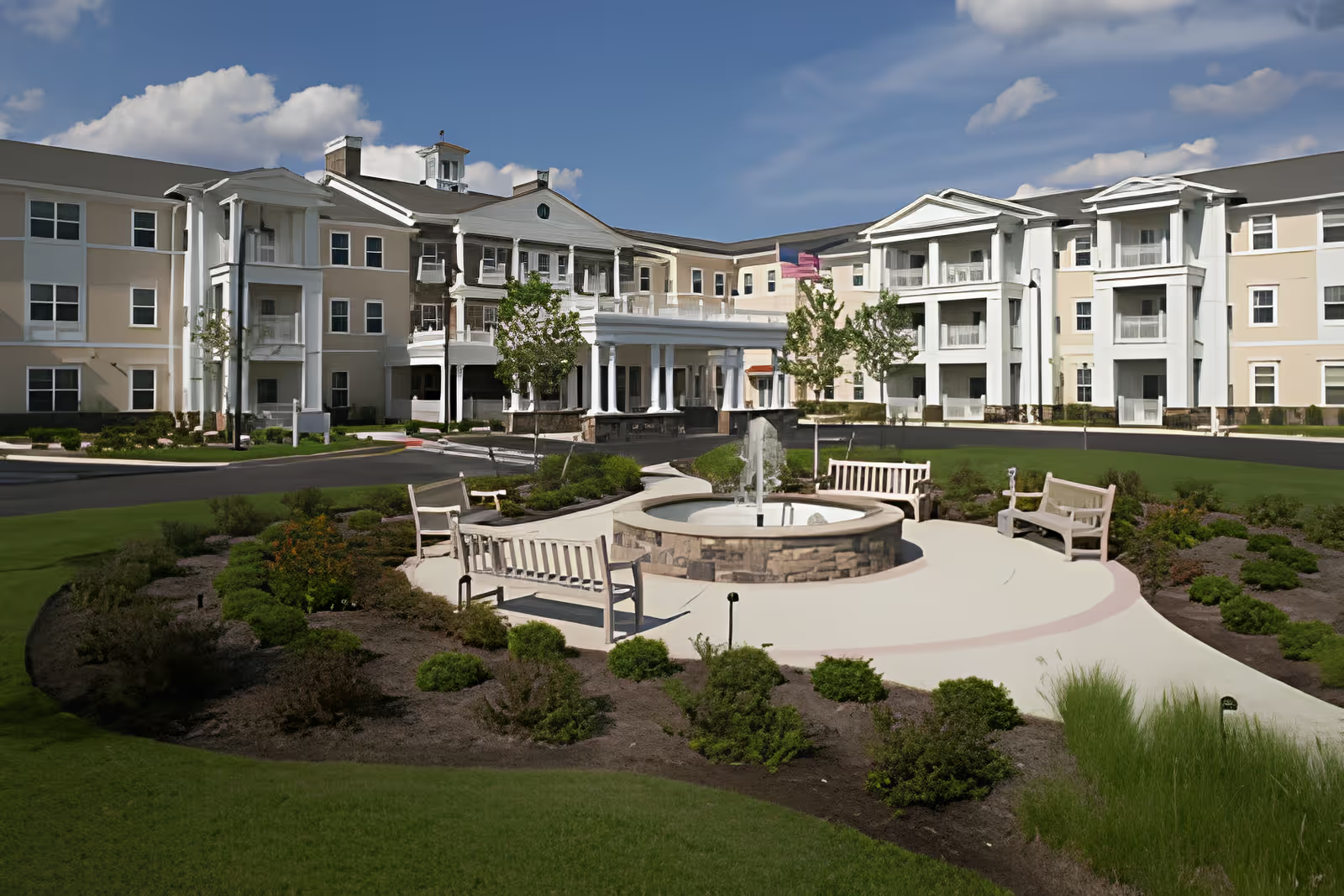Overall sentiment: The reviews for Pine Acres Healthcare & Rehabilitation Center are mixed but contain strong recurring themes. A large portion of reviewers praise the facility for excellent short-term rehabilitation, highly skilled therapy teams, compassionate bedside caregivers, and a clean, welcoming physical environment. Many families describe staff who are warm, attentive, and willing to “go the extra mile,” and multiple administrators and front-line staff are individually named and commended for hands-on responsiveness and follow-up. At the same time, there is a persistent and significant subset of reviews that describe serious clinical lapses, staffing shortages, communication failures, safety incidents, and episodes of neglect. These negative reports range from poor customer service to life-threatening failures of care.
Care quality and clinical themes: The strongest and most consistent positive theme is excellence in rehabilitation services—physical and occupational therapy repeatedly receive high marks for knowledge, encouragement, and effective outcomes, with several cases describing successful discharges home. Many reviewers also praise skilled nursing care and compassionate aides who provide individualized attention. Conversely, the most alarming negative reports describe critical clinical failures: untreated urinary tract infections progressing to sepsis, failure to monitor weight in congestive heart failure patients, delayed or missed medications including pain meds, and charts not being read or followed. These incidents are not isolated to minor complaints; multiple reviews attribute hospitalizations and even deaths to perceived neglect or incompetence. A clear pattern emerges that clinical quality and safety can vary substantially by floor, shift, and staff on duty.
Staffing, consistency and variability: Across reviews there is a pronounced variability in experience tied to staffing levels and specific teams. Many reviewers singled out first-floor and rehab-floor staff as “terrific,” while the second floor, nights and weekends are repeatedly criticized as understaffed and slow to respond. Nighttime delays, unanswered call buttons, and long waits for bathroom assistance are recurring concerns. Several families described situations where understaffing led to compromised feeding, hygiene, and timely medication—instances that directly impacted residents’ health. This inconsistency suggests that while strong teams exist within Pine Acres, coverage and adherence to standards are not uniform across the facility or across time periods.
Management, communication and administration: Administrative responsiveness is another mixed area. Numerous reviews highlight highly engaged admissions directors and administrators (several by name) who provide personal attention, frequent communication, meetings with families, and prompt problem resolution. These administrators contributed significantly to positive impressions and to smooth admissions and discharges. However, other reviews accuse leadership and the Director of Nursing of being unresponsive, dismissive, or even profit-driven—especially in complaints about pushing long-term placement against hospital recommendations. The net takeaway is that management engagement is a major driver of family satisfaction, but experiences vary; some families feel well-informed and supported, while others feel ignored.
Facility, cleanliness and amenities: Many reviews praise Pine Acres’ cleanliness, recent renovations, bright and modern sections, pleasant landscaping, and multiple common areas. The environment is described as home-like and safe, with private and shared-room options. Several families appreciated proximity to Morristown Memorial Hospital. At the same time, a subset of reviewers mention older, unattractive areas and shared bathrooms (4-to-1) that make long-term residency less appealing. Odor and cleanliness complaints appear in some negative reviews (e.g., wheelchair odor, strong bodily odors), suggesting that environmental standards are excellent in many parts of the facility but inconsistent in others.
Dining and nutrition: Dining receives mixed commentary. Positives include appealing menus, nutritionist oversight, the ability to accommodate special diets and even allow home-cooked food, and instances where food was described as delicious. Negatives include repeated notes of food served cold, meals not to residents’ liking, and serious safety lapses—such as wrong-texture food served to residents who required pureed diets and feeding while a resident was lying down, contributing to aspiration. These are not mere taste complaints; they represent safety issues when diet texture and feeding protocols are not followed.
Activities, social work and family engagement: Recreational programming and social work are generally positively regarded, with families noting engaging activities, meaningful therapy-led programs, and staff who treat residents with dignity and respect. Several reviews emphasize family meetings, regular doctor/psychiatrist rounds, and social work involvement that improved family trust and resident outcomes. Positive communication from therapy teams and social work is repeatedly connected to successful rehab outcomes and family satisfaction.
Safety, theft and ethical concerns: A notable cluster of severe concerns centers on safety and integrity: reports of theft or mishandling of valuables, inconsistent charting and failure to follow care plans, and at least one allegation of cash stored insecurely and belongings lost. Combined with reported clinical lapses and neglect, these incidents erode trust for some families and raise questions about systems for accountability, resident property security, and care oversight.
Patterns and recommendations implied by reviews: The dominant pattern is one of polarizing experiences—many families rave about the staff, therapists, clean environment, and successful rehab stays, while others recount traumatic experiences involving neglect, mismanagement, or clinical error. Positive reports cluster around rehab/subacute stays and named staff who were engaged and available; negative reports cluster around nights, weekends, certain floors, and systemic issues such as staffing shortages, communication breakdowns, and safety violations. Prospective families should weigh Pine Acres’ strong rehab reputation and many accounts of compassionate care against the documented variability and serious adverse incidents. When considering placement, families may want to (a) ask about the specific floor and staffing levels for the anticipated level of care, (b) request named contacts for day/night administrative support, (c) verify protocols for diet texture and feeding safety, medication administration, and valuables security, and (d) seek recent facility quality and incident data if available.
Conclusion: Pine Acres demonstrates many strengths—excellent therapy services, compassionate staff members and administrators, a clean and welcoming environment, and successful short-term rehab outcomes reported by numerous families. However, consistent themes of understaffing, communication gaps, inconsistent care quality, and several serious safety and neglect reports temper that praise. The facility appears capable of delivering top-tier care in many circumstances but also shows vulnerabilities that have, in some cases, led to severe harm. Families considering Pine Acres should do targeted due diligence, clarify expectations for the specific unit and shift patterns, and maintain active communication with named administrative contacts to mitigate the risk of the negative scenarios described in the reviews.







